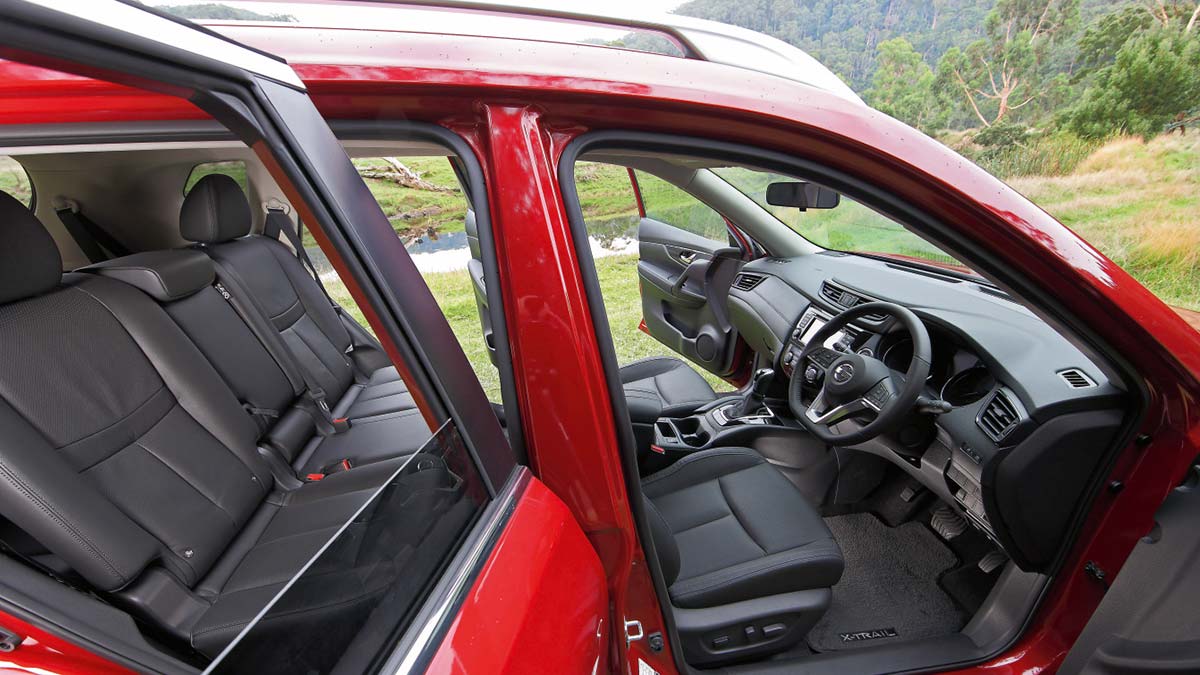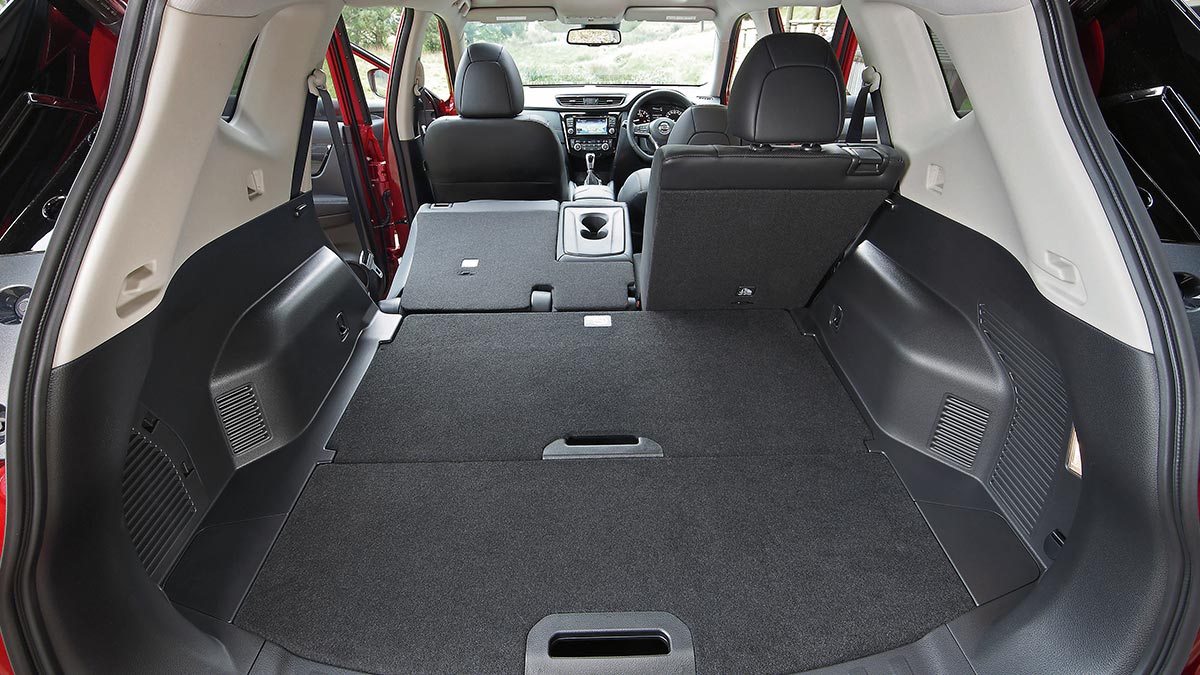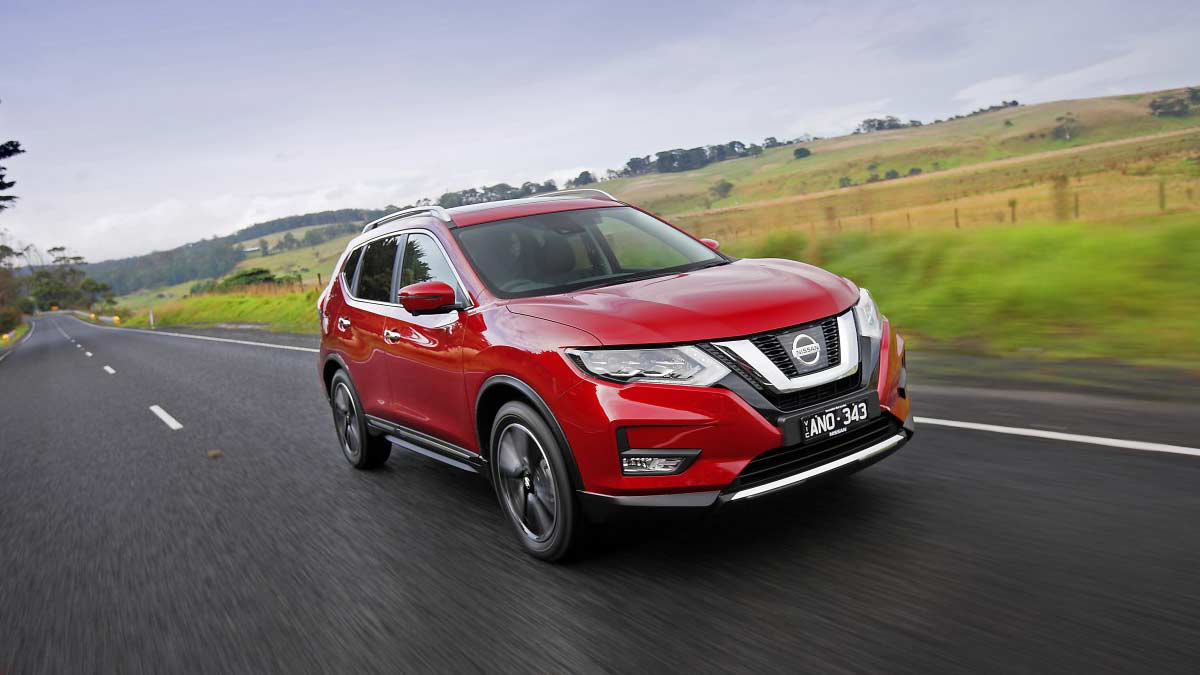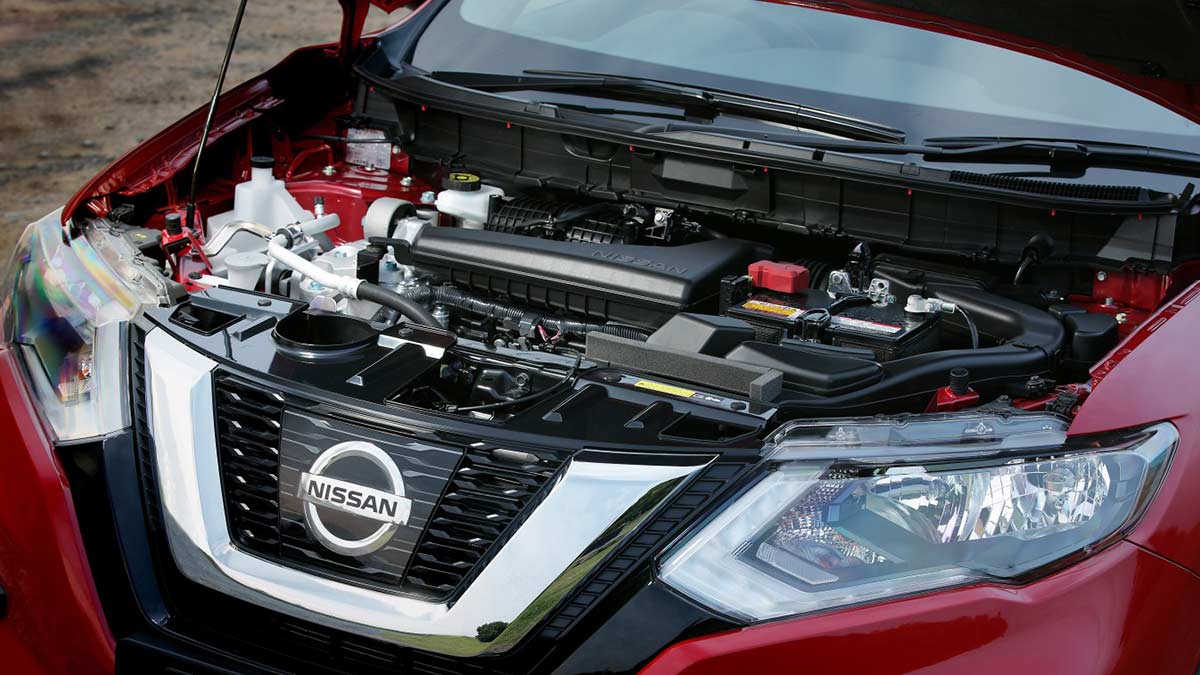The ninth-generation Toyota HiLux has arrived, bringing with it a futuristic forward exterior design, more safety and tech and the same rugged capability owners love. Will the updates tempt private buyers away from the Ford Ranger or are they just enough to keep fleets onside?
Nissan X-Trail 2017 review

RACV tests Nissan’s tweaked mid-size SUV, the 2017 X-Trail.
Nissan’s makeover of the X-Trail embellishes rather than revolutionises this well-proven mid-size SUV.
A new 2.0-litre turbo-diesel engine has been added to the range (replacing the 1.6-litre unit), while a minor facelift and interior styling changes smarten up X-Trail’s appearance. The most significant improvements, however, can be found in its safety, particularly with the higher-spec models.
For advanced safety features, X-Trail is now among best in class. Forward collision warning and autonomous emergency braking are standard across the range. Mid-spec models also get rear cross-traffic alert, while the top-of-the-range models, which already had an impressive suite of safety features, add pedestrian detection, lane-departure intervention and active cruise control.
Even with this extra equipment, all 2017 petrol versions are priced the same or less than the equivalent previous models. X-Trail starts at a competitive $27,990 plus on-road costs for the five-seat front-wheel-drive ST 2.0-litre manual model. The biggest price reduction is $1490 for the four-wheel-drive, 2.5-litre automatic ST which is now $32,490. We tested the four-wheel-drive, 2.5-litre automatic Ti, which at $44,290 has dropped $900.
In this article
Versatile cabin
One of X-Trail’s best traits is its practical, versatile, well-laid-out cabin. Its standard accommodation is a two-row/five-seat configuration, but unlike most of its competitors Nissan also caters for larger families with the option of a two-seat third row for the two-wheel-drive automatic versions.
X-Trail’s wide-opening doors and convenient seat height make getting in and out easy. There’s a surprising amount of room, and some clever packaging creates a variety of flexible cargo options. The EZ Flex Rear Seating system has slide and recline functions with a 40/20/40 split-fold layout, while Nissan’s revised Divide-N-Hide cargo system provides height-adjustable boot space and a hidden storage compartment. And the Ti model’s new Motion-Activated Tailgate also adds to the convenience.
Well-shaped front seats offer good comfort and support, while the dash layout, with its logically positioned switches and large, clear dials featuring new audio/navigation graphics, is straightforward to use. The awkward foot-operated park-brake, however, is a reminder of X-Trail’s age. Optional tan leather-accented upholstery in our test car was eye-catching but will be a matter of personal taste.
The boxy body provides plenty of usable cabin space. There is a generous amount of front and rear legroom for a vehicle of its size, and even with the Ti model’s sunroof robbing a little space, headroom is good. Tether points for the outer two child seat positions are conveniently located on the rear of the second-row seat but unfortunately the centre mounting is still in the roof.
Capable on-road performer
On the road, the Ti is a capable performer. The 2.5-litre petrol engine, which is carried over from the previous model, produces a solid 126kW of power and 226Nm of torque. Helped by the well-matched operation of Nissan’s Xtronic CVT, the engine’s good mid-range torque makes light work of everyday driving around the city and suburbs and cruises comfortably at highway speeds. Its fuel consumption, however, is slightly higher than many of its peers. Additional sound-deadening materials around the floor and pillar areas have reduced cabin noise noticeably, but under hard acceleration engine and transmission noise is still obvious.
X-Trail’s long-travel suspension comfortably copes with most road surfaces and delivers surefooted handling. The electric power steering has a light, direct feel with the load varying according to driving conditions.
X-Trail is more capable than most of the competition when the going gets tough. Nissan’s well-proven all-mode four-wheel-drive system allows drivers to easily select between two-wheel-drive, all-wheel-drive and a Lock mode which splits the drive 50/50 front and rear below 40km/h. But if you come to grief on a rough road, be aware that X-Trail only carries a temporary-use space-saver spare wheel.
Nissan’s new adaptive front lighting system on the Ti works superbly – most of the time. On a winding section of patched second-class road, the constant bouncing and moving of the light beam’s sharp cut-off was distracting and a little annoying for driver and passengers.
The verdict
The 2017 Nissan X-Trail is a practical, family-friendly mid-size SUV that’s good in most aspects but does not excel in any. The upgrade has smartened it up and added value for money, particularly in terms of advanced safety features. This keeps X-Trail competitive in a hotly contested category, even with its older but still well-proven platform and running.
|
Price |
$44,290 + $3792 (est) ORC. Premium paint $500. Range $27,990-$47,290. |
|---|---|
|
Safety |
5-star ANCAP rating. ESC. ABS. 6 airbags. Forward collision warning. Emergency braking with pedestrian detection. Blind-spot, lane-departure and cross-traffic warnings. Active cruise control. Reversing camera/sensors. Auto lights/wipers. ISOFIX fittings. Daytime running lights. |
|
Connectivity |
7” touch-screen. Sat-nav. Bluetooth. Digital radio. CD, AUX/USB input. |
|
Vehicle features |
Dual-zone climate-control. Leather-accented trim. Powered front seats. Heated seats front/rear. Sunroof. Auto tailgate. Roof rails. |
|
Driver features |
Fully adjustable steering column. Keyless entry/start. Three drive modes. |
|
Specifications |
Drivetrain: 2.5L 4cyl petrol engine. 4WD. CVT. 126kW@6000rpm, 226Nm@4400rpm. |
|
Service/repairs |
6-month/10,000km services. |
|
RACV rating |
✩✩✩✩ |






